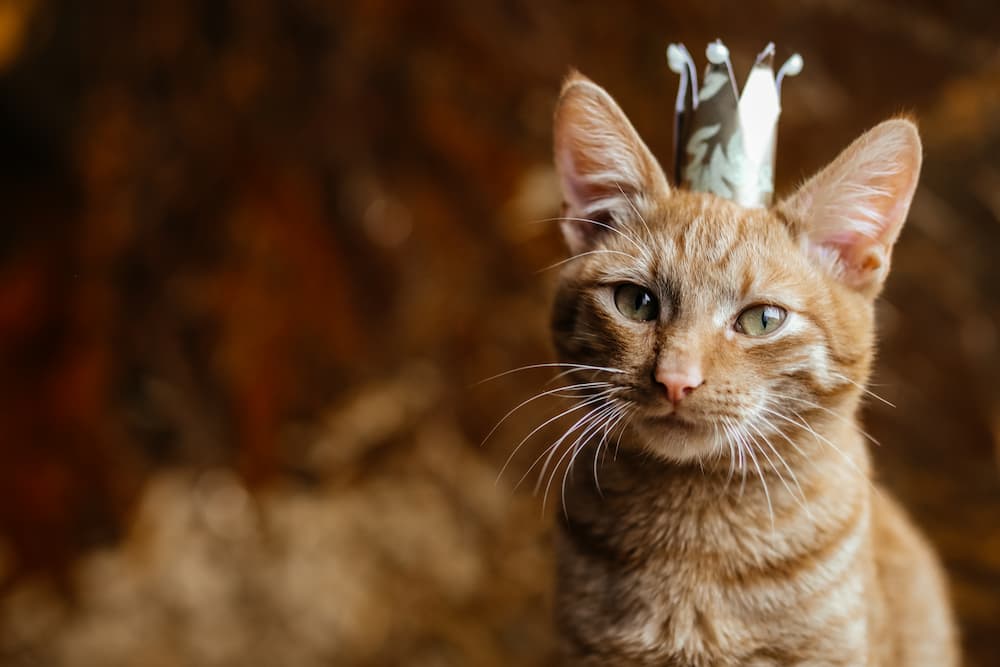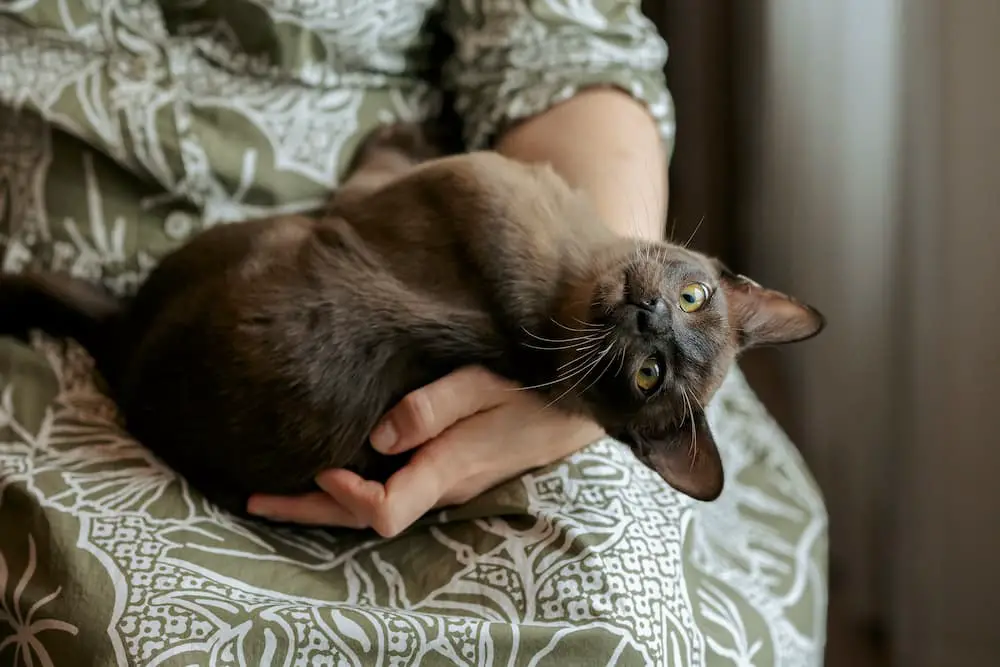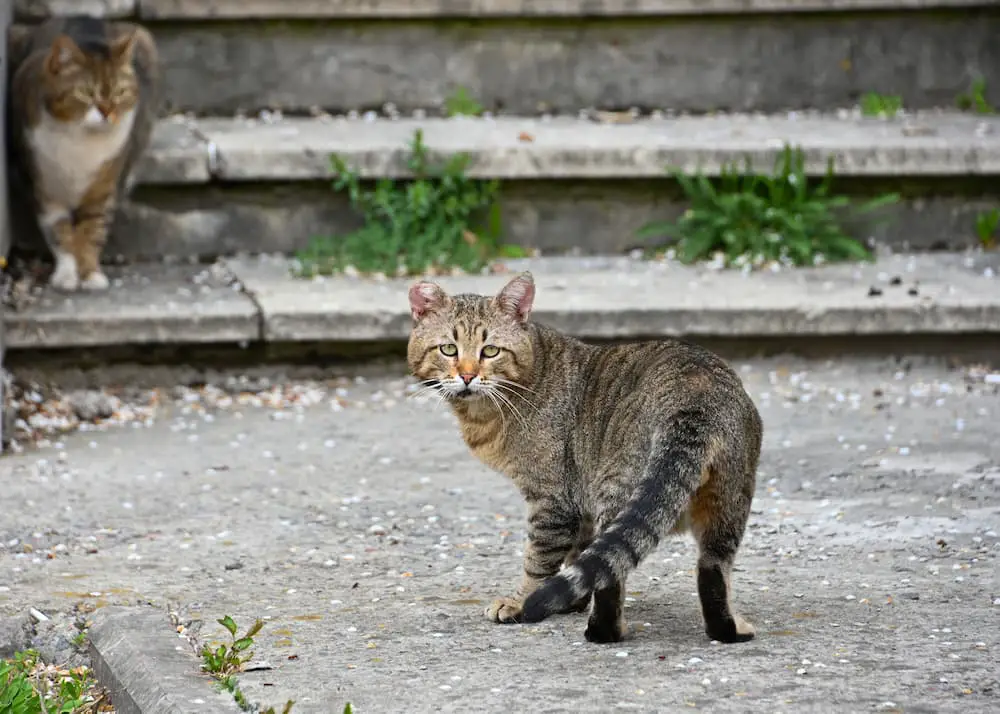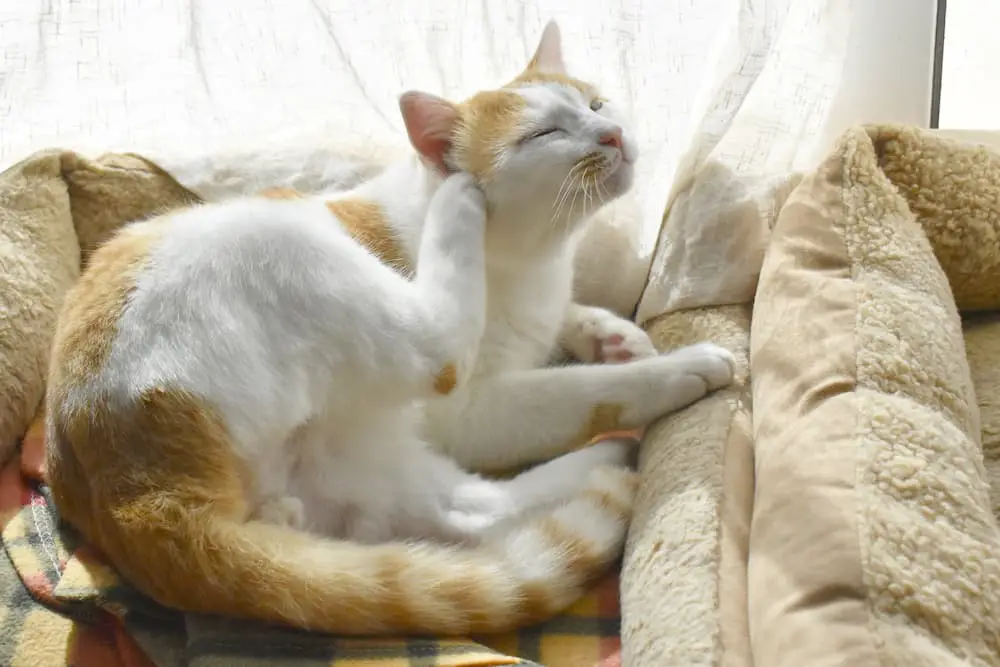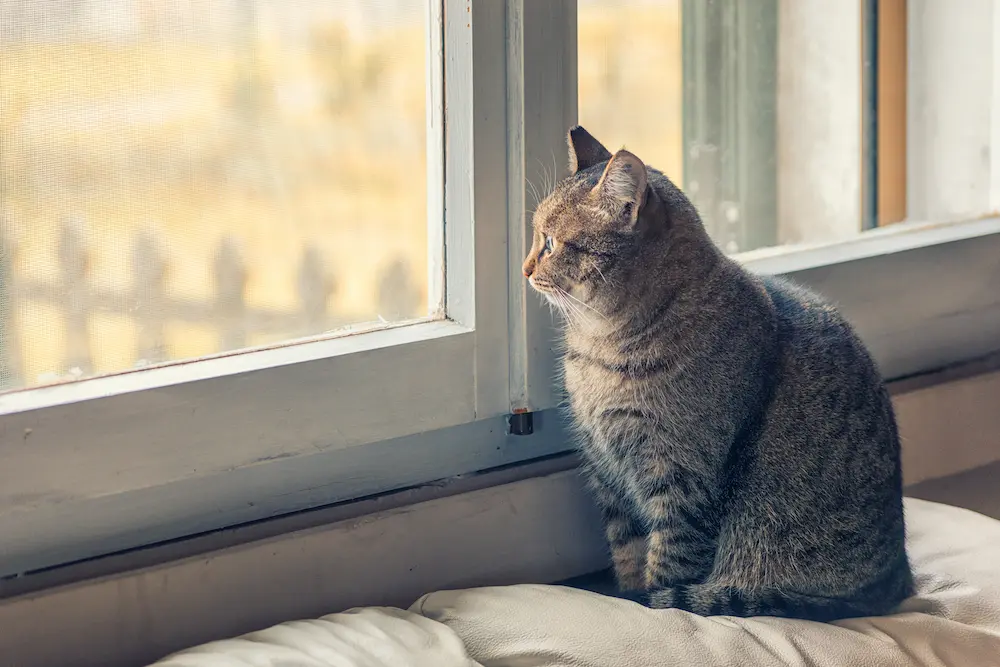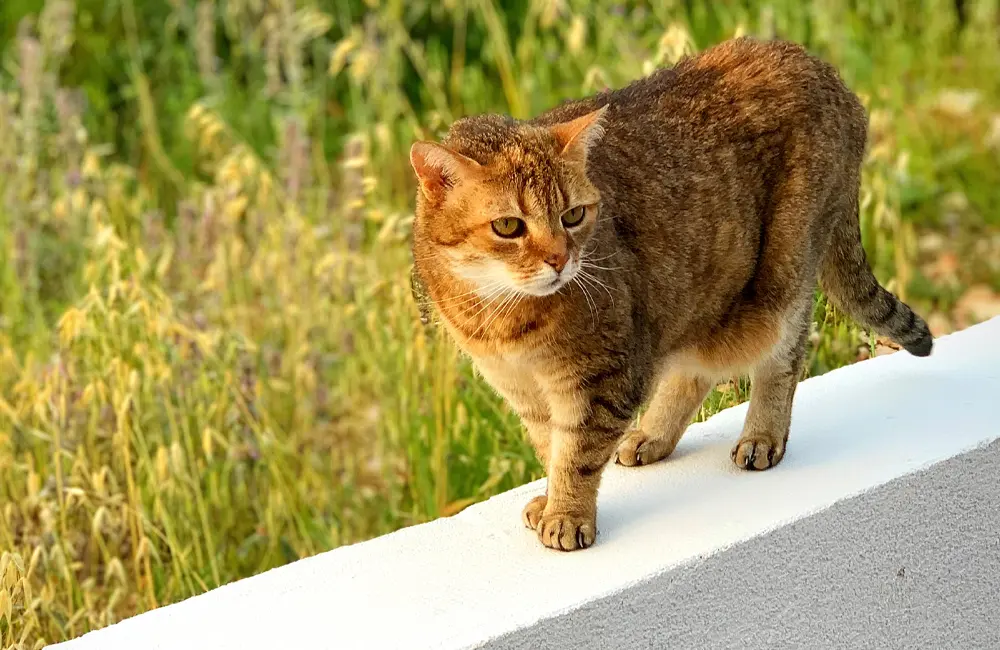As a proud cat parent, you know your furry friend inside out. From all the sleeping positions they curl up in, to the playful shenanigans they get into on the daily; nothing about our kitty cats goes unnoticed. So when we start to notice any change in behavior or routine, it’s normal for us as owners to be worried. One of the most common changes our cats might experience is an increase in water consumption — is this something that worries you, too? Don’t stress, let’s look at why your cat may be drinking a lot of water and discuss what you can do if this becomes a concern!
What’s normal? How much water should my cat drink?
In the wild, cats drink very little water since most of their moisture intake comes from prey. Cats that only eat wet food with a water content of about 80 percent may drink only a little more than an ounce of water per day. Cats eating a diet consisting only of dry food drink a lot more, and water consumption varies for cats on a diet that consists of both wet and dry food.
Of course, a cat’s daily water intake varies by size. It stands to reason that smaller kitties typically drink a bit less than larger ones. On average, a cat that eats a dry food diet should drink about 3.5 to 4.5 ounces of water for every five pounds of body weight, meaning that a healthy ten-pound cat will typically drink 7 to 9 ounces per day. That’s a little more or less than an average one-cup liquid measure.
Harmless reasons why your cat might be drinking more than usual
If you’ve recently switched your cat from a diet of mostly wet food to one consisting mainly of dry food, or if you’ve upped the dry food intake and decreased the wet food at all, then you’re probably going to notice that your cat drinks more water. If you’ve swapped to a diet consisting of more wet food, then the opposite is likely to occur. There’s a great resource on feline nutrition and what you should be feeding your fluff ball on All About Cats.
Environmental factors can play a role in thirst, too; just like us, cats drink more water when they’re exposed to hot weather. Summertime typically brings higher water consumption even when your cat is indoors enjoying the AC, particularly if you don’t keep a humidifier on. The same thing can happen when you’ve got the heat cranked high during winter’s coldest months and indoor air is bone-dry.
Physically active cats tend to drink a little bit more than sedentary ones. If your cat has just enjoyed a long play session, they’ll be thirstier – the same way you are after a good workout.
How can I tell if my cat is drinking more water than usual?
It can be tough to measure exactly how much water your cat is drinking, particularly if you have multiple pets. Instead of painstakingly measuring every drop, look for other signs that your cat is drinking a lot more water than usual.
- Making lots of trips to the water bowl
- Drinking from other places that they never drank from in the past, i.e. toilets, taps, etc. (this is completely normal in some cats; only consider it if it’s unusual or if they’re drinking from these sources far more often than they normally do)
- Emptying their water bowl faster than usual
- More urine in the litter box
Serious reasons your cat may be drinking more water
Cats are experts at masking disease, even when they’re seriously ill. If your cat is drinking a lot of water, the issue might be environmental or behavioral, or it might be a sign that your pet is in the midst of a health crisis. In cats, excessive thirst can be a symptom of a few diseases:
Kidney disease:
Kidney disease affects approximately one third of cats age 15 and older, but it’s not limited to geriatric cats. In fact, a cat of any age can suffer from kidney disease, which your vet will be able to diagnose. As feline kidney disease is typically accompanied by weight loss, this could be trouble if your cat exhibits frequent thirst and seems thinner than normal.
Endocrine disease:
Cats with hormonal and endocrine diseases are typically thirstier than their counterparts. Simple tests can help your vet rule out or confirm whether there’s an issue and come up with a course of treatment.
Hyperthyroidism:
Cats with overactive thyroids and other thyroid problems are often thirstier than usual, and those with hyperthyroidism tend to lose weight, as well so they need to be on specific diets like the ones listed here. Since there’s no way to tell what’s going on inside your cat when these two symptoms are exhibited side by side, it’s vital to get to the vet right away so that the appropriate treatment can be provided.
Diabetes mellitus:
Cats with untreated diabetes have high blood sugar. As glucose overflows into the cat’s urine and is flushed away, the cat feels thirsty and drinks more water. If your cat is urinating a lot and drinking more water than usual, this could be the trouble. Your vet will be able to confirm with simple tests and can prescribe medication to help get your cat’s health back on track.
Urinary tract disease:
There are quite a few causes of urinary tract disease in cats; unfortunately, our feline friends can’t tell us verbally when they’re suffering from this painful condition. If your cat is suddenly drinking more water than usual and peeing more – particularly if they’re suddenly going in places other than the litter box – urinary tract issues could be to blame. Consider this an emergency and get to the vet.
What are some other symptoms that my cat might be sick?
No two cats are the same however there are some common signs of illness to watch for. If you notice any of these – particularly if your cat is drinking more water than normal – call your vet for an urgent appointment.
- Changes in appetite; habitually eating less or more than usual
- Sleeping more than usual or suddenly changing where they sleep
- Behavioral changes; mood swings or sudden aggression when they are normally calm
- Vomiting and/or diarrhea
- Soiling outside the litter box
What should I do if I think my cat is drinking more water than normal?
Make an appointment with the vet. Watch for other symptoms of illness so that you can share information about your cat’s behavior, as behavioral changes are important clues that your vet can use to form a diagnosis.
Whatever you do, be sure not to ignore excessive thirst. Since it can be a symptom of some serious illnesses and prompt treatment is essential, the sooner you obtain a diagnosis, the greater the likelihood is that your cat will enjoy relief from discomfort and a positive outcome overall.
Always give your cat access to fresh, clean water by providing several bowls throughout the house. And, consider a cat water fountain, as many cats prefer drinking from a moving water source.
About the Author:
This guest post is written by Lauretta of PawMaw. If you have a missing cat, check out our website PawMaw, which connects lost four-legged friends with their pet parents.
The Catington Post is reader-supported. That means, if you make a purchase through links on our site, we may earn an affiliate commission. All images and names which are not the property of The Catington Post are the property of their respective owners.
